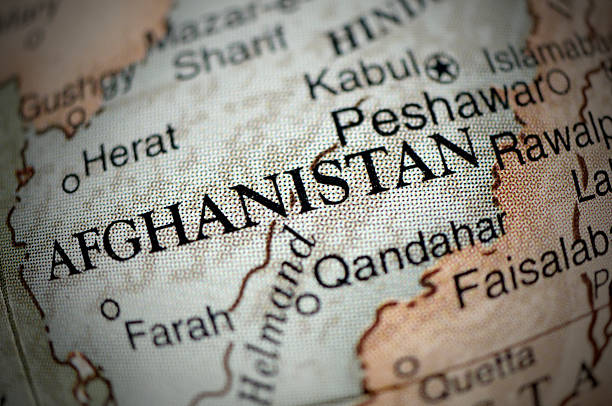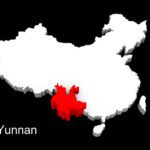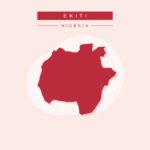Overview
Herat is a city in western Afghanistan, located on the Harīrūd River. Herat province is positioned in the western part of Afghanistan and shares borders with Iran to the west and Turkmenistan to the northwest. It is the capital of Herat Province and the second-largest city in Afghanistan after Kabul. It is one of the largest provinces in Afghanistan, both in terms of area and population. The population of Herat is estimated to be around 2.1 million people. The majority of the population is Pashtun, with significant Tajik, Hazara, and Uzbek minorities. The official language of Herat is Pashto, but Persian is also widely spoken.
Agriculture is the mainstay of Herat’s economy, with crops like wheat, rice, cotton, and fruits being cultivated in the fertile river valleys. The province is also known for its carpet industry, which produces high-quality handwoven rugs that are famous both locally and internationally.
Additionally, Herat is a major trading center and is linked to other parts of Afghanistan and Central Asia by road and air.
Ethnic and Cultural Diversity
Herat is home to a diverse population representing various ethnic groups. The major ethnic communities in the province include Pashtuns, Tajiks and Hazaras. Pashtuns are the predominant ethnic group in Herat, making up 40% of the population. The population of Herat, Afghanistan, is estimated to be around 2,141,000 people, with Pashtuns living predominantly in rural areas of Herat Province, whereas the Uzbek minority resides in the northern and northeastern parts of Herat Province.
Family Life in Herat
The war in Afghanistan has had a devastating impact on family life. Many families have been displaced from their homes, and they have lost loved ones. This has led to stress, anxiety, and depression, which can have a negative impact on family relationships. Religion plays an important role in family life in Afghanistan. Many families are devout Muslims, with Tajiks and Pashtuns specifically of the Sunni Muslim faith, while Hazaras are of the Shia Muslim faith. These differences have resulted in the Pashtun-dominated government discriminating against the Hazaras over time.
Family Structure
Pashtun families tend to follow an extended family structure, emphasizing strong kinship ties and a sense of collective identity. On the other hand, Hazara, Tajik and Uzbek family structures often include nuclear family structures, with immediate family members living together in the same household. Uzbek and Tajik families may also adopt extended family structures in rural areas. This is what these families looked like in their homeland, although this may have changed in their migration to Herat, Afghanistan.
Conclusion
Family life in Herat, Afghanistan, is a complex and diverse topic. The war in Afghanistan has had a significant impact on family life, but families are resilient and are working to rebuild their lives and their families. They are determined to create a better future for themselves and their children.





